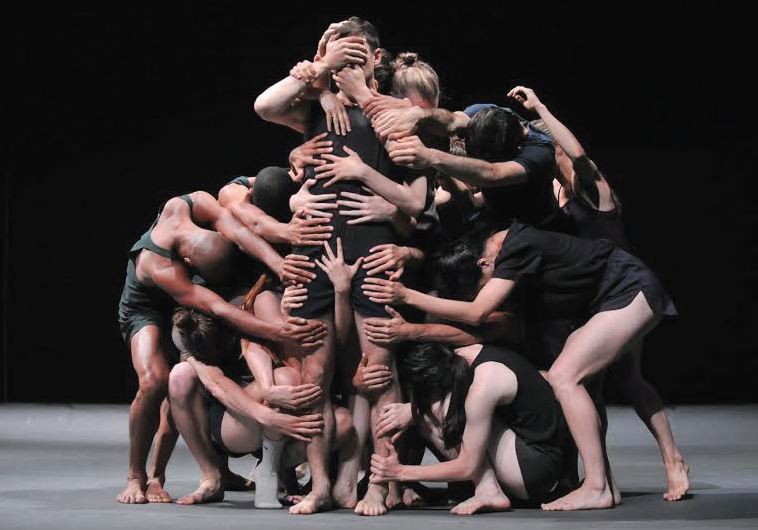Montpellier Dance Festival: June 24-July 9
One by one the dancers enter, performing short solos portraying inner landscapes, and soon the compiled effect of the solos becomes overwhelming.
 Ohad Naharin's ‘Last Work.’(photo credit: GADI DAGON)Updated:
Ohad Naharin's ‘Last Work.’(photo credit: GADI DAGON)Updated: